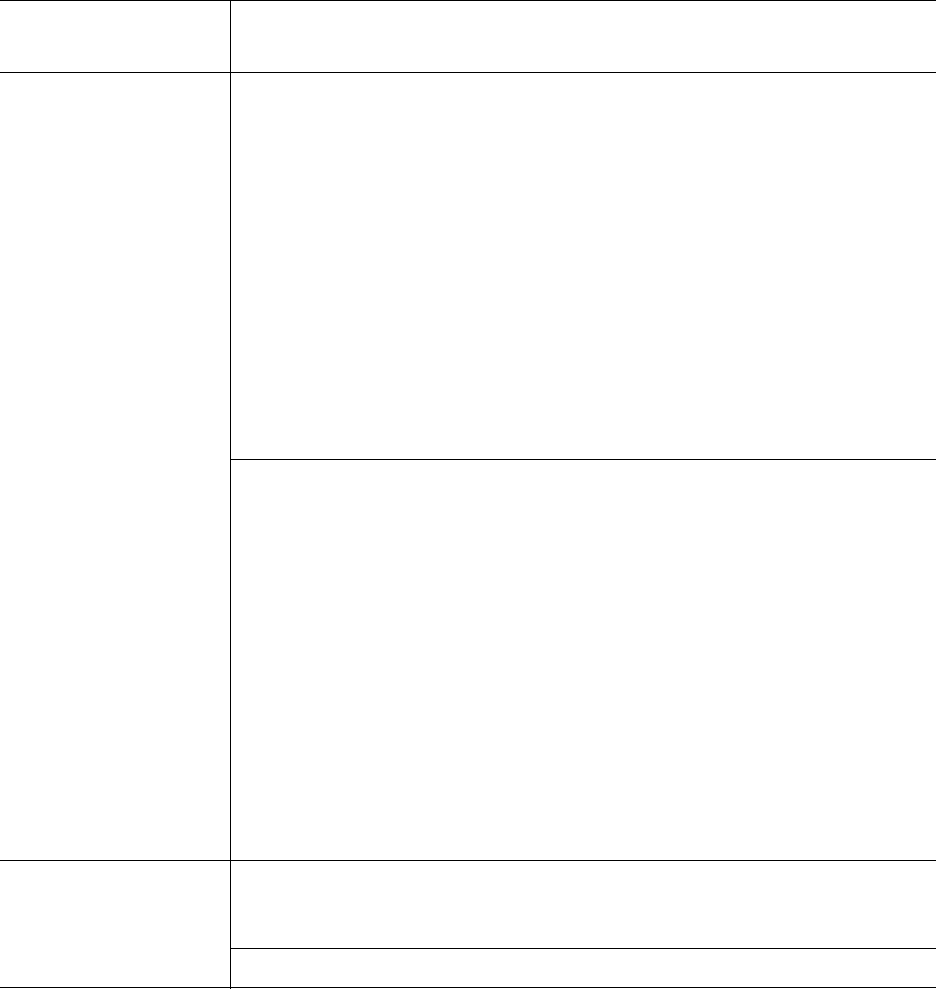
General Operating Guidelines and Limitations
StorNext User’s Guide 344
Windows For Windows Server 2008 and Windows Vista:
1 On the Windows client machine, right-click the Recycle Bin icon
on the desktop and then click
Properties.
2 Click the General tab.
3 Select the mapped drive that corresponds to the StorNext mapped file
system. For directory-mounted file systems, select the file system from
the list.
4 Choose the option Do not move files to the Recycle Bin. Remove files
immediately when deleted
.
5 Click Apply.
6 Repeat steps 3-5 for each remaining directory-mounted file system.
7 When finished, click OK.
In StorNext releases prior to 3.5, the StorNext Windows client attempted to
keep the UNIX uid, gid and mode bits synchronized with similar fields in the
Windows security descriptor. However, these Windows and UNIX fields
were often not synchronized correctly due to mapping and other problems.
One consequence of this problem was that changing the owner in Windows
incorrectly changed the UNIX uid and file permissions and propagated these
errors into sub-directories.
In release 3.5, the StorNext Windows client sets the UNIX uid, gid and mode
bits only when Windows creates a file. The StorNext Windows client will no
longer change the Unix uid, gid or mode bits when a Windows user changes
the Windows security descriptor or Read-Only file attribute.
If you change the UNIX mode bits and the file is accessible from Windows,
you must change the Windows security descriptor (if Windows Security is
configured On) or Read-Only file attribute to ensure the change is reflected
on both Windows and UNIX.
All To avoid parser errors, do not use “up” or “down” when naming items in the
configuration file. This applies especially to naming affinities or any other
string-type keyword.
StorNext file systems cannot be smaller than 5GB.
Operating System /
Affected Component Description
